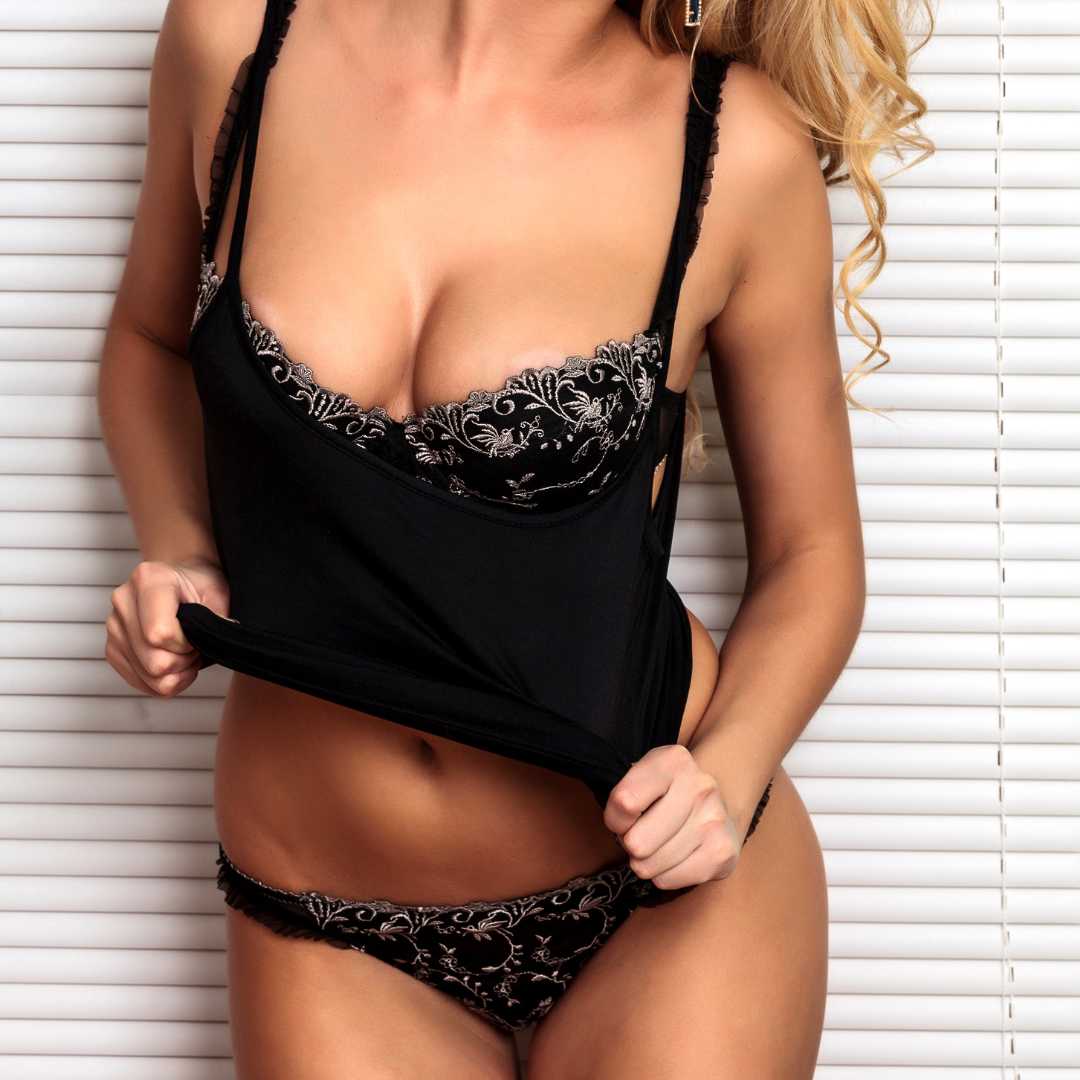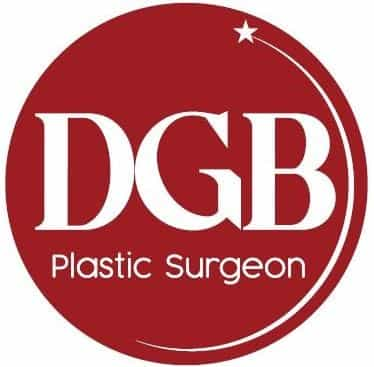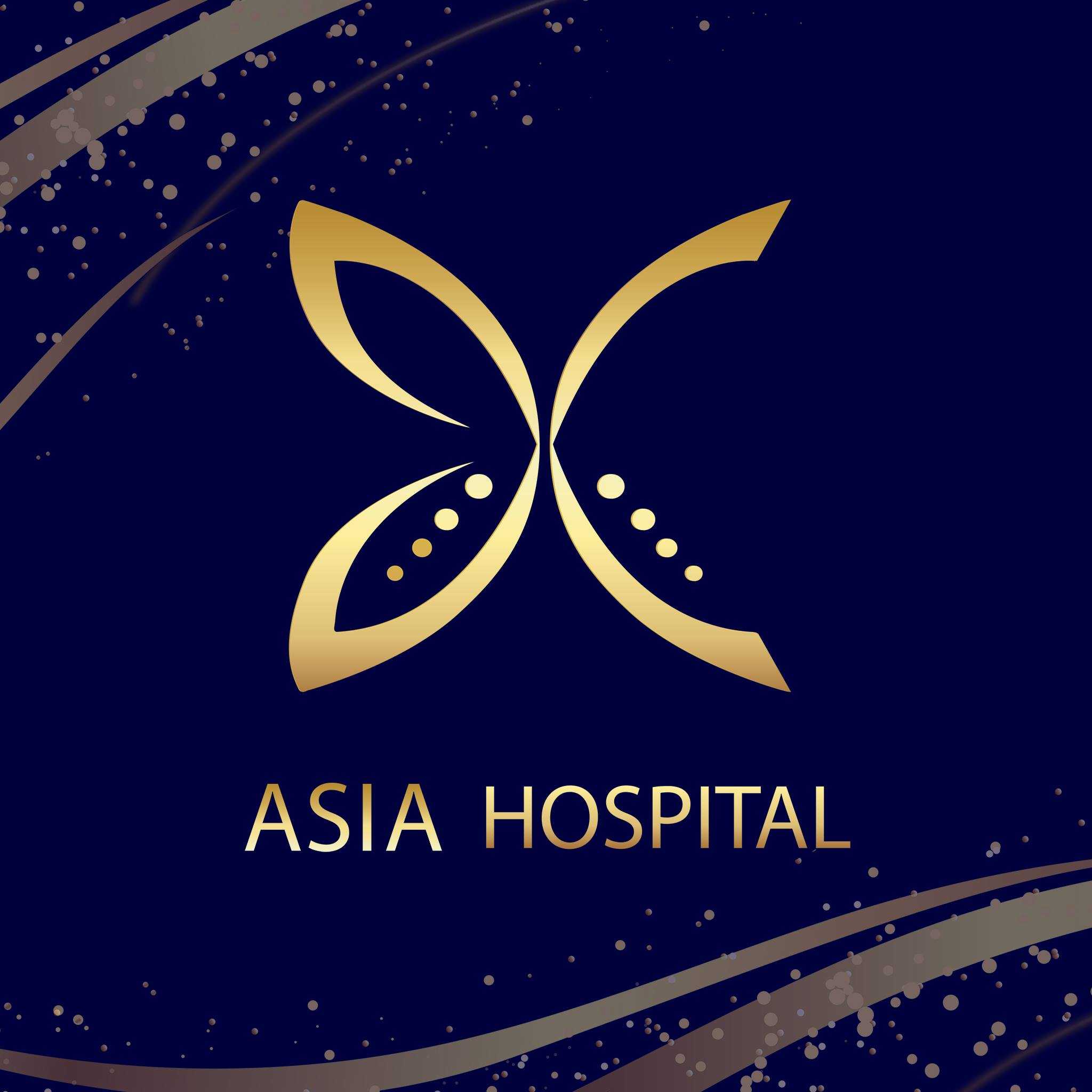Guide to Laser Lipolysis vs. CoolSculpting in Thailand
.jpg)
When considering body contouring treatments, it's natural to weigh your options carefully, especially with popular choices like laser lipolysis and CoolSculpting available in destinations such as Thailand. Both procedures aim to reduce stubborn fat pockets that diet and exercise often fail to address, but they achieve this through fundamentally different mechanisms.
Deciding between laser lipolysis and CoolSculpting involves understanding their unique approaches, recovery times, potential results, and costs. In Thailand, a leading hub for medical tourism, patients have access to state-of-the-art clinics and experienced practitioners offering both treatments. This guide will help you understand how these two popular fat reduction methods compare, assisting you in making an informed decision for your aesthetic goals.
What is Laser Lipolysis and how does it work?
Laser lipolysis, sometimes referred to as smartlipo or laser-assisted liposuction, is a minimally invasive cosmetic procedure designed to remove localized fat deposits and tighten skin. This technique utilizes a laser to heat fat cells, causing them to liquefy. A thin fiber optic cable, inserted through a small incision, delivers controlled laser energy directly into the fatty tissue.
Once the fat cells are liquefied, they can be either gently aspirated (suctioned out) from the body using a small cannula, or in some cases, the body's natural metabolic processes will eliminate them. A key benefit of laser lipolysis is its ability to stimulate collagen production, leading to noticeable skin tightening in the treated area. This makes it particularly effective for areas prone to loose skin after fat reduction, such as the chin, neck, arms, and abdomen.
The procedure is typically performed under local anesthesia, meaning the patient remains awake but the treated area is numb. The incisions required are very small, leading to minimal scarring and generally quicker recovery times compared to traditional liposuction. Patients often experience some bruising and swelling, but these usually subside within a few days to weeks.
What is CoolSculpting and how does it work?
CoolSculpting is a non-surgical, non-invasive fat reduction treatment that employs a patented technology called cryolipolysis. This method works by precisely targeting and cooling fat cells to a temperature that causes them to crystallize and die, without harming surrounding tissues like skin, nerves, or muscles. Once the fat cells are frozen, they undergo a natural cell death process and are gradually eliminated from the body over several weeks to months.
During a CoolSculpting session, a specialized applicator is placed on the target area, such as the abdomen, flanks, thighs, or chin. The applicator delivers controlled cooling, which can create a sensation of intense cold, pressure, and suction initially, but this typically subsides as the area becomes numb. The treatment usually lasts between 35 minutes to an hour per area, depending on the applicator used.
Because CoolSculpting is non-invasive, there is no downtime. Patients can typically return to their normal activities immediately after the procedure. Common side effects include temporary redness, swelling, bruising, tingling, stinging, tenderness, or numbness in the treated area, which usually resolve on their own. Multiple sessions may be required to achieve desired results, as each session can reduce the fat layer by approximately 20-25% in the treated area.
What are the main differences between Laser Lipolysis and CoolSculpting?
The primary distinction between laser lipolysis and CoolSculpting lies in their approach to fat reduction and their level of invasiveness. Here’s a breakdown of their key differences:
- Invasiveness: Laser lipolysis is minimally invasive, involving small incisions for the insertion of a laser fiber. CoolSculpting is entirely non-invasive, meaning no needles, no incisions, and no disruption to the skin's surface.
- Mechanism: Laser lipolysis uses controlled heat to liquefy fat cells and stimulate collagen, which aids in skin tightening. CoolSculpting uses controlled cooling (cryolipolysis) to freeze and destroy fat cells.
- Downtime and Recovery: Laser lipolysis typically involves some downtime, usually a few days to a week, with potential bruising and swelling. CoolSculpting generally has no downtime, allowing patients to resume normal activities immediately.
- Skin Tightening: Laser lipolysis offers the added benefit of skin tightening due to collagen stimulation from the laser heat. CoolSculpting primarily focuses on fat reduction and does not offer significant skin tightening effects.
- Anesthesia: Laser lipolysis is usually performed under local anesthesia. CoolSculpting requires no anesthesia.
- Results Timeline: With laser lipolysis, some results can be seen sooner, with optimal results appearing over weeks to months as swelling subsides. CoolSculpting results typically become visible over 2-3 months as the body naturally processes the destroyed fat cells.
Which procedure is more effective for fat reduction in Thailand?
The "effectiveness" of laser lipolysis versus CoolSculpting often depends on the individual's specific goals, the amount of fat to be removed, and the desired outcome for skin laxity. In Thailand, both procedures are performed with high standards, yielding excellent results for suitable candidates.
Laser Lipolysis Effectiveness: For individuals with moderate fat deposits and a desire for improved skin tightness, laser lipolysis can be highly effective. Because it involves direct fat removal (via aspiration in many cases) and heats the dermis, it can provide more immediate and noticeable contouring in a single session. The skin tightening benefit is a significant advantage for those concerned about loose skin after fat reduction.
CoolSculpting Effectiveness: CoolSculpting is very effective for reducing stubborn, localized fat bulges that are resistant to diet and exercise. It is ideal for patients who prefer a non-surgical option with no downtime. While results are gradual, studies show a consistent reduction of fat in treated areas. However, it does not offer the same skin tightening benefits as laser lipolysis.
Ultimately, a consultation with a qualified practitioner in Thailand is crucial. They can assess your body type, fat distribution, skin elasticity, and aesthetic goals to recommend the most effective treatment plan for you.
What are the average costs of Laser Lipolysis in Thailand?
Thailand is renowned for offering high-quality cosmetic procedures at a more affordable cost compared to Western countries, making it an attractive destination for medical tourists. The cost of laser lipolysis can vary significantly based on several factors, including:
- Clinic Reputation and Location: Prestigious clinics in major cities like Bangkok or Phuket might have higher prices.
- Area Treated: Smaller areas like the chin or arms will be less expensive than larger areas such as the abdomen or thighs.
- Number of Areas: Treating multiple areas will increase the overall cost.
- Surgeon's Expertise: Highly experienced surgeons may charge more for their services.
- Anesthesia and Facility Fees: These are typically included in the overall package but can vary.
Patients should always request a detailed quote from the clinic, which often includes the procedure, local anesthesia, and follow-up appointments. It is important to ensure all costs are transparent to avoid unexpected expenses during your medical trip to Thailand.
What are the average costs of CoolSculpting in Thailand?
Similar to laser lipolysis, CoolSculpting costs in Thailand are considerably more competitive than in many other countries, attracting a global clientele. The price structure for CoolSculpting is usually based on the number of "cycles" or applicators used, as well as the size of the applicator.
Factors influencing CoolSculpting costs include:
- Number of Cycles: Most patients require multiple cycles (treatments to different sections of an area, or multiple areas) to achieve their desired outcome.
- Size of Applicator: Larger applicators used for bigger areas (e.g., abdomen) might cost more per cycle than smaller ones (e.g., chin).
- Clinic Location and Reputation: Premier clinics in urban centers may have slightly higher prices.
- Promotional Packages: Many clinics in Thailand offer package deals for multiple cycles or areas, which can reduce the per-cycle cost.
Since CoolSculpting often requires multiple sessions for optimal results, it’s advisable to discuss a comprehensive treatment plan and its total estimated cost with your chosen clinic in Thailand. This transparency helps in planning your medical travel budget effectively.
What is the recovery time for Laser Lipolysis compared to CoolSculpting?
Understanding the recovery timeline is crucial when choosing between these two body contouring procedures, especially if you are traveling to Thailand and need to plan your stay.
- Laser Lipolysis Recovery:
- Immediate Post-Procedure: You may experience mild soreness, swelling, and bruising in the treated areas. Compression garments are typically recommended for several weeks to help reduce swelling and support the healing process.
- Downtime: Most individuals can return to light, non-strenuous activities within 1-3 days. Strenuous exercise and heavy lifting should be avoided for 2-4 weeks.
- Full Recovery: While initial recovery is relatively quick, it can take several weeks to a few months for all swelling to subside and for the final results to become apparent.
- CoolSculpting Recovery:
- Immediate Post-Procedure: Patients often experience temporary redness, swelling, bruising, tenderness, tingling, or numbness in the treated area. These side effects are usually mild.
- Downtime: There is generally no downtime required after CoolSculpting. Patients can typically resume their normal daily activities, including exercise, immediately after their session.
- Full Recovery: While the body processes the eliminated fat cells over several weeks, there are no physical restrictions. The treated area will gradually slim down over 2-3 months.
For those visiting Thailand for treatment, CoolSculpting offers the advantage of not interrupting holiday plans, whereas laser lipolysis requires a short period of rest and careful activity modification.
What are the potential side effects and risks of each treatment?
While both laser lipolysis and CoolSculpting are generally safe procedures when performed by qualified professionals, it's important to be aware of their potential side effects and risks.
Laser Lipolysis Side Effects and Risks:
- Common Side Effects: Temporary bruising, swelling, tenderness, numbness, and some skin discoloration are common.
- Potential Risks (though rare):
- Burns: If the laser energy is not properly controlled, there is a risk of skin burns.
- Infection: As it involves small incisions, there's a minor risk of infection at the incision sites.
- Scarring: Although incisions are tiny, some scarring is possible.
- Contour Irregularities: Uneven fat removal can lead to dimpling or irregularities in the skin's surface.
- Seroma: Fluid accumulation under the skin.
CoolSculpting Side Effects and Risks:
- Common Side Effects: Temporary redness, bruising, swelling, tingling, stinging, tenderness, cramping, aching, and itching at the treatment site. Numbness can persist for several weeks.
- Potential Risks (though rare):
- Paradoxical Adipose Hyperplasia (PAH): A very rare condition where the treated fat cells paradoxically increase in size rather than decrease. This requires surgical intervention to correct.
- Nerve Pain: Temporary or, very rarely, persistent pain due to nerve damage, which typically resolves over time.
- Frostbite: Though rare due to controlled cooling, there is a minimal risk of frostbite if the device malfunctions or is improperly applied.
Choosing a reputable clinic and an experienced practitioner in Thailand is paramount to minimizing these risks for both procedures.
Why is Thailand a popular destination for body contouring procedures like these?
Thailand has firmly established itself as a global leader in medical tourism, attracting thousands of international patients annually for a wide range of procedures, including advanced body contouring treatments like laser lipolysis and CoolSculpting. Several factors contribute to its popularity:
First, the cost-effectiveness is a major draw. Patients can often save 50-70% on procedures compared to prices in Western countries, without compromising on quality. These savings can make otherwise unattainable treatments accessible.
Second, Thailand boasts a wealth of highly skilled and internationally trained medical professionals. Many Thai doctors have received education and certification from leading institutions in the US, Europe, and Australia. They are often specialists in cosmetic surgery and non-invasive aesthetic treatments, ensuring expertise and precision.
Third, the country's medical infrastructure is impressive, featuring numerous state-of-the-art hospitals and clinics equipped with the latest technology and adhering to international safety and hygiene standards. Many facilities are accredited by organizations like the Joint Commission International (JCI), underscoring their commitment to patient care and safety.
Finally, the allure of combining medical treatment with a relaxing vacation is undeniable. Patients can recover in a beautiful, serene environment, transforming a medical trip into an enjoyable experience. Thailand's renowned hospitality, delicious cuisine, and stunning tourist attractions add significant value to the overall medical tourism package.
How do I choose between Laser Lipolysis and CoolSculpting for my needs in Thailand?
Making the right choice between laser lipolysis and CoolSculpting involves a careful evaluation of your personal circumstances and desired outcomes. Here's how to approach your decision:
- Assess Your Fat Deposits:
- If you have larger, more extensive areas of fat and desire more significant fat removal in a single session, laser lipolysis might be more suitable.
- If you have smaller, localized bulges of pinchable fat that are resistant to diet and exercise, CoolSculpting can be an excellent option.
- Consider Skin Laxity:
- If you are concerned about loose or sagging skin in the treated area after fat reduction, laser lipolysis offers the distinct advantage of skin tightening.
- CoolSculpting does not provide significant skin tightening, so if this is a primary concern, you might need to consider other complementary treatments.
- Evaluate Tolerance for Invasiveness and Downtime:
- If you prefer a completely non-surgical approach with no incisions and zero downtime, CoolSculpting is the clear choice.
- If you are comfortable with a minimally invasive procedure, tiny incisions, and a few days of recovery for potentially more dramatic results, laser lipolysis could be preferred.
- Budget and Number of Sessions:
- While a single session of laser lipolysis might be more costly, it often yields more significant results, potentially requiring fewer total sessions.
- CoolSculpting sessions can be individually less expensive, but achieving optimal results often requires multiple treatments, which can add up.
- Consultation with a Qualified Practitioner in Thailand: The most important step is to schedule consultations with experienced doctors or clinics in Thailand that offer both procedures. They can perform a physical examination, discuss your medical history, understand your aesthetic goals, and recommend the best treatment tailored to your needs. They will provide personalized advice on expected results, potential risks, and detailed costs.
Are these procedures permanent?
A common question among individuals considering fat reduction treatments is whether the results are permanent. For both laser lipolysis and CoolSculpting, the answer is generally yes, the fat cells that are destroyed and removed from the body are gone for good and do not grow back.
When you undergo either laser lipolysis or CoolSculpting, the targeted fat cells are permanently eliminated. Once these fat cells are gone, they cannot return. This means that the treated areas will have fewer fat cells than before the procedure. This leads to a permanent reduction in fat volume in those specific areas.
However, it is crucial to understand that these procedures do not prevent you from gaining weight in the future. If you gain weight after treatment, the remaining fat cells in the treated area, and fat cells in untreated areas, can still expand. This can diminish the aesthetic results of the procedure. Therefore, to maintain the long-term benefits of laser lipolysis or CoolSculpting, it is essential to adopt and maintain a healthy lifestyle, including a balanced diet and regular exercise.
In essence, while the fat cells removed are permanently gone, the overall contour of your body can still change if you do not manage your weight. These treatments are best viewed as tools for body contouring and fat reduction in stubborn areas, not as a substitute for weight management.
Exploring your options for laser lipolysis and CoolSculpting in Thailand can lead to a transformative experience. Whether you're seeking cost-effective treatment, world-class medical expertise, or the chance to recover in a beautiful destination, Thailand offers compelling advantages. To connect with top clinics and specialists and plan your medical journey seamlessly, explore the comprehensive resources and expert guidance available at PlacidWay.


.png)














Share this listing